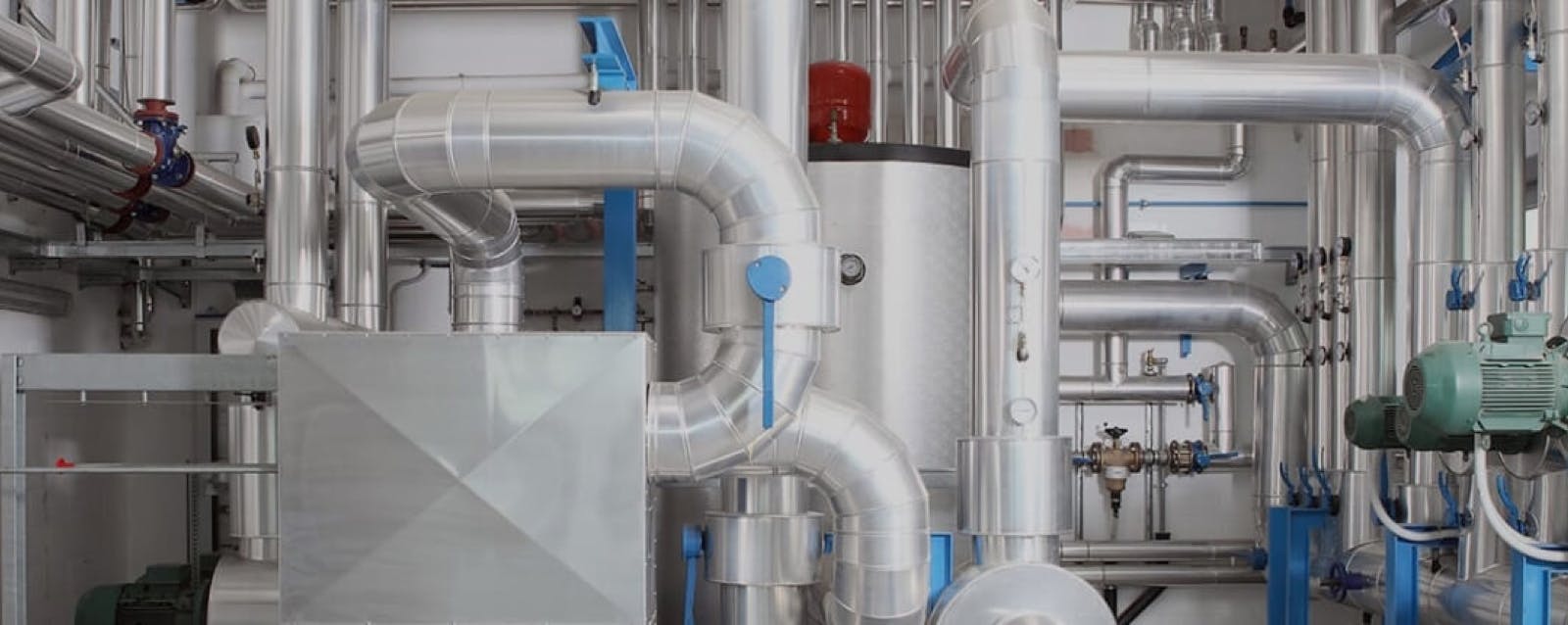
HVAC SYSTEM
A Heating, Ventilation, and Air Conditioning (HVAC) system is a crucial component of modern buildings, designed to regulate and maintain a comfortable indoor
HVAC SYSTEMS
A Heating, Ventilation, and Air Conditioning (HVAC) system is a crucial component of modern buildings, designed to regulate and maintain a comfortable indoor environment. In maritime settings, where unique challenges like saltwater exposure and space constraints are prevalent, specialized HVAC systems are engineered to withstand these conditions. It achieves this by controlling the temperature, humidity, and air quality within a space. Heating elements warm the air during colder periods, while ventilation circulates fresh air and removes stale air, ensuring proper oxygen levels. Air conditioning, on the other hand, cools and dehumidifies the air in warmer seasons. HVAC systems come in various configurations, from simple setups in homes to complex, multi-zone systems in commercial buildings. Their efficiency plays a significant role in energy consumption and overall comfort levels.
Elevating Environments: Comprehensive HVAC Systems for Buildings and Maritime Settings
Introduction:
Heating, Ventilation, and Air Conditioning (HVAC) systems stand at the forefront of modern infrastructure, orchestrating an intricate symphony of functions to create optimal indoor conditions. In both terrestrial structures and maritime realms, these systems are the backbone of comfort, safety, and operational efficiency.
Functionality:
HVAC systems encompass a multifaceted array of operations. Heating elements, equipped with cutting-edge technology, counteract chilly climates with precision. Ventilation systems delicately balance the inflow of fresh air and the expulsion of stale air, maintaining healthy oxygen levels. In warmer seasons, air conditioning units not only cool but also dehumidify the environment, fostering an agreeable atmosphere.
The Maritime Imperative:
Maritime applications present a unique set of challenges. Here, HVAC systems face a formidable adversary in the form of saltwater exposure. Robust, corrosion-resistant materials are employed to fortify system integrity. Compact spatial constraints necessitate ingenious configurations, requiring expert engineering to maximize efficiency without compromising performance. These maritime-ready systems are meticulously designed to endure the demanding conditions of the open sea.
Energy Efficiency and Sustainability:
Efficient HVAC systems lie at the heart of sustainability initiatives. Through meticulous calibration and advanced technology integration, these systems optimize performance, drastically reducing energy consumption. Smart controls, coupled with eco-conscious materials and techniques, further bolster efforts toward environmental stewardship.
Bespoke Solutions for Maritime Mastery:
From cargo vessels to offshore platforms, each maritime endeavor requires a tailor-made approach. HVAC systems are meticulously calibrated to cater to the specific demands of maritime environments. Engineers collaborate closely with maritime experts to ensure that climate control is seamless, reliable, and customized for the unique challenges presented by the high seas.
Innovations Shaping the Future:
The HVAC industry is at the forefront of innovation. Emerging technologies promise even greater efficiency, sustainability, and adaptability. From advanced air purification systems to integrated smart controls, the next wave of HVAC solutions is poised to redefine how we experience our built environments.
Conclusion:
HVAC systems are the lifeblood of modern infrastructure, harmonizing elements of heating, ventilation, and air conditioning to create spaces that nurture and protect. Whether in towering skyscrapers or on rolling waves, these systems adapt and excel, ensuring environments are not only comfortable but also optimized for human habitation. The evolution of HVAC technology stands as a testament to human ingenuity, shaping the future of constructed spaces for generations to come.

